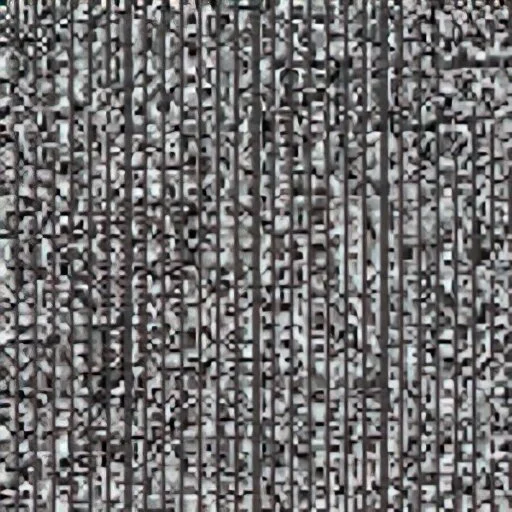Fooling the auditor
Let us begin this story by introducing a dubious looking character that we will refer to as the counterfeiter. The main objective of this character is not that different from Shadows of Tomorrow. They both would like to sell some paintings.
However, there is one small obstacle preventing him from achieving this goal…
The counterfeiter has very limited artistic inclinations, as indicated by the following sketch of a duck-like creature.
The counterfeiter
Duck-like creature
Undeterred by this minor obstacle, the counterfeiter decides to think of a different approach. After some pondering and pacing around his small apartment, the counterfeiter considers the following hypothesis.
“Paintings are nothing more than a collection of pixels, ordered in a way that is pleasing to the human eye.”
What if there was a way to let an algorithm systematically generate such an ordering of pixels? Surely people would be interested in purchasing these objects as they are pleasing to the human eye by design.
Armed with a rudimentary understanding of probability theory the counterfeiter decides to generate random orderings of pixels and try to pass them off as genuine expressions of human creativity and imagination.
It does not take long before the art world catches wind of his operations and decides to send an auditor to inspect the paintings.
“Whatever you are trying to do here does not meet our criteria for genuine art, we order you to immediately cease operations.”
The auditor
Noise disguised as art
Once again undeterred by this apparently devastating blow, the counterfeiter asks the auditor to specify exactly why he thinks the paintings do not meet his standards. The auditor states that genuine artists such as Monet, Gauguin and Bob Ross apply more structure and color in their work and refers to the lengthy audit report for further details.
Looking at the audit report, the counterfeiter finds an excessive list of recommendations for each painting:
The brightness of the pixels is too low.
The pixels in the center should resemble a collection of white hats.
The top right group of pixels should resemble some winged angelic being.
…
The counterfeiter decides to adjust his random pixel ordering machine such that the paintings are more in line with the recommendations made by the auditor.
“This is even worse than before! You are committing a criminal offense by infringing intellectual property rights! The painting you are trying to sell is clearly an imitation of Vision After the Sermon by Gauguin!”
The auditor
(not) Vision After the Sermon - Gauguin (1888)
The counterfeiter notices that the audit report looks a bit different this time around:
The texture of this painting resembles the work of Gauguin.
The angelic being looks exactly like the one in Vision After the Sermon.
The women in the painting are exactly the same as those in Vision After the Sermon.
…
To pass the audit, the counterfeiter has to adjust his pixel ordering machine such that the paintings resemble art that the auditor considers genuine, while making it difficult for the auditor to pinpoint the exact source of inspiration.
This short story describes in a nutshell how Shadows of Tomorrow generates original works of art that feel equal parts surreal and familiar
For more information regarding the theoretical background and origin of our models we refer to the seminal work of the GANFather himself:
Ian Goodfellow (2014) - Generative Adversarial Nets - https://arxiv.org/pdf/1406.2661.pdf





